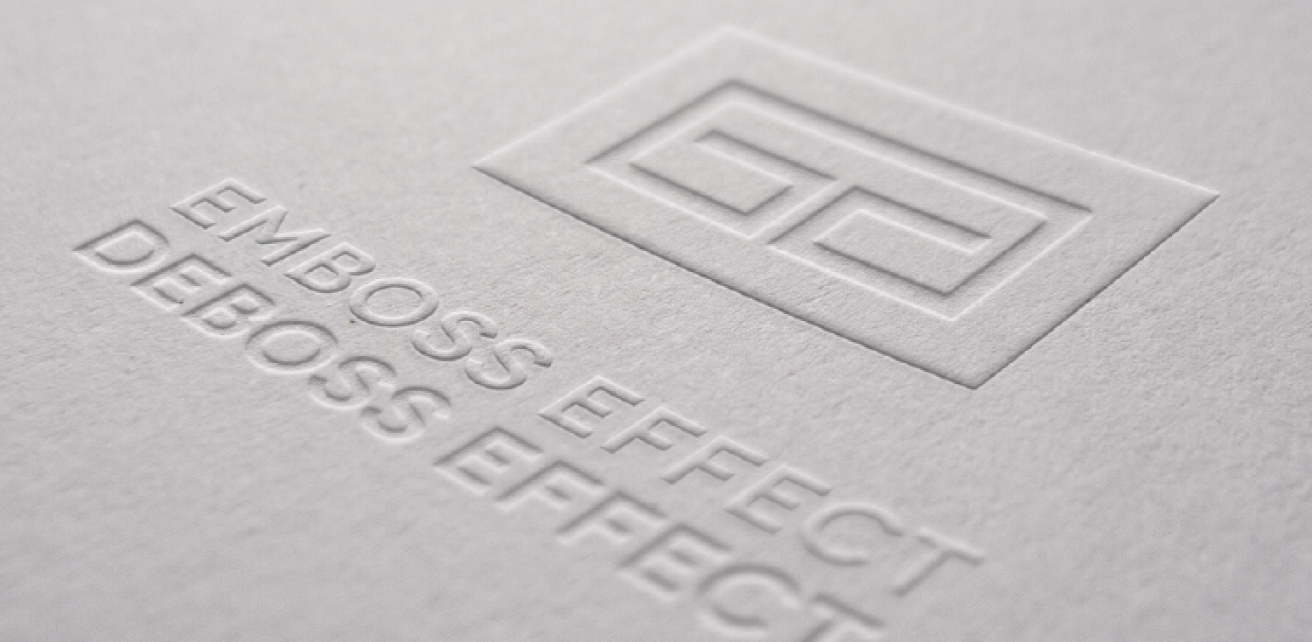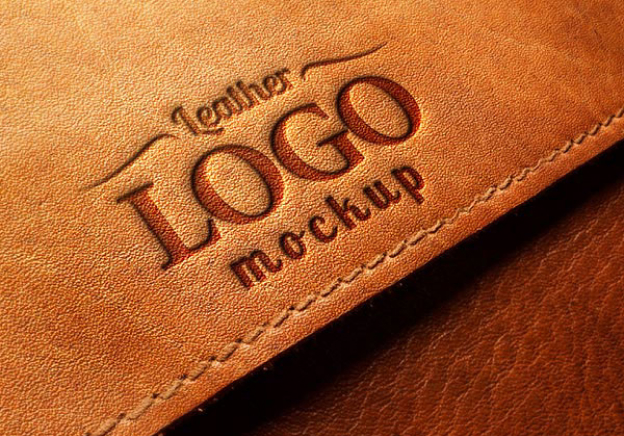

Debossing and Embossing
Embossing and debossing are popular techniques used to create a tactile and visual effect on various materials. Embossing raises the design above the surface, while debossing creates a recessed effect. These techniques are often used to add a sophisticated and elegant touch to products, enhancing their appeal and value.
The primary difference between embossing and debossing lies in the final appearance and texture of the material. Embossing results in a raised design that can be felt above the surface, adding a three-dimensional effect. This technique is often used to highlight logos, names, or decorative elements, making them stand out visually and tactilely.
Debossing, conversely, creates a sunken design that is lower than the surface of the material. This technique is often used for a more subtle, elegant effect, where the design is felt below the surface. Both techniques can be combined with foil stamping or ink to add color and further enhance the visual appeal.
What is the process?
The embossing process involves creating a raised design on the surface of a material by pressing it between two dies. One die has a raised pattern, while the other has a corresponding recessed pattern. When the material is pressed between these dies, the design is transferred and raised above the surface.
Debossing, on the other hand, uses a similar process but in reverse. The material is pressed into a die with a recessed design, creating an indentation in the material. This recessed design can be subtle or deep, depending on the desired effect.
What kind of materials are suitable to use these two methods?
Embossing and debossing can be applied to a wide range of materials. Common materials include paper, cardstock, leather, and plastic. Paper and cardstock are often used for business cards, stationery, and packaging, providing a professional and high-end feel. Leather is commonly used for products like wallets, book covers, and bags, adding a luxurious touch. Plastic materials can also benefit from these techniques, often used in product packaging and branding elements.
In summary, embossing and debossing are versatile techniques that add depth and dimension to various materials, enhancing their aesthetic appeal and tactile experience.





